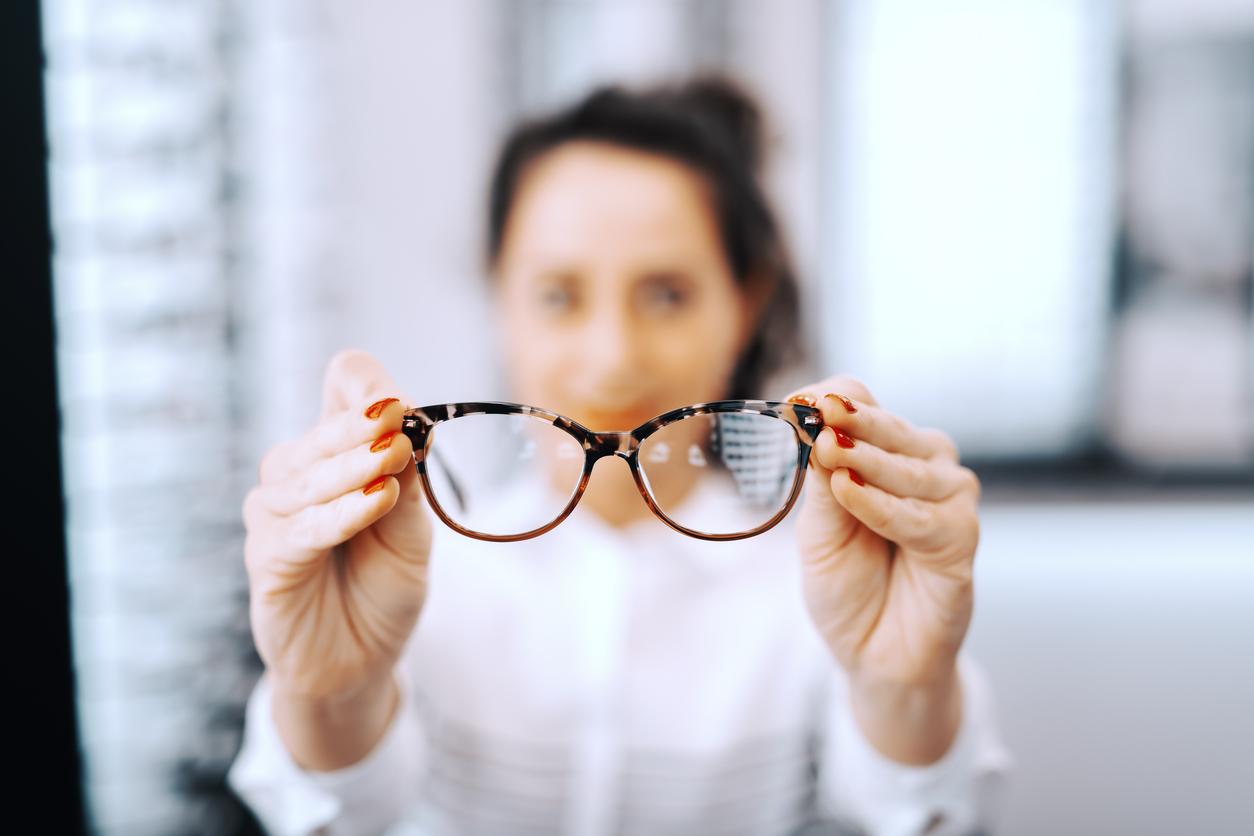
What is true and what is not?
As you get older, the flexibility of the eyes decreases. You have more trouble focusing on things that are near or far away. It is not surprising that 95 percent of Dutch people aged 50 and older need glasses. Almost half of them opt for varifocal glasses. However, there are many uncertainties about this type of spectacle. 6 facts and fables about varifocal glasses.
Research shows that most people over 50 have progressive lenses (47 percent), followed by reading glasses (37 percent) and distance glasses (28 percent), which are also combined. There are many myths circulating about progressive lenses. What is true and what is not?
1. You have to give your eyes time to get used to varifocal glasses
True. Because the different powers flow seamlessly into each other in varifocal glasses, your eyes and brain have to get used to it. It is actually a different way of looking and therefore it can take a while before you see optimally. At first it may seem like you are walking on water and it can be difficult to estimate distances properly, for example with climbing stairs and driving. Fortunately, your eyes quickly learn which part of the glasses is optimal for certain distances. For some people, a few days is enough to get used to, while others need three weeks. It is important to wear your glasses as often as possible and not to give up. When having varifocal glasses fitted, the optician can advise you on how best to get used to this.
2. You can train your eyes by not using reading glasses
Not true. Everyone sooner or later has to deal with diminishing eye flexibility. Unfortunately, you cannot train that flexibility. No matter how many carrots you eat. It is therefore especially uncomfortable for yourself not to wear reading glasses or varifocal glasses. Your eyes won’t get any better.
3. If you’re nearsighted, you’ll never need reading glasses
Not true. It is true that you can see everything up close if you are shortsighted. But sometimes your arms seem too short when you want to read something. That is why people often take off their glasses, because the letters appear larger. This is just not an easy read and is often strenuous. Progressive lenses offer a solution for pleasant reading.
4. With varifocal glasses, the reading area is invisible
True. With multifocal or varifocal glasses, the transitions between the different powers are smooth. So you can’t see where the reading part is in the glasses. This is clearly visible with bifocal glasses.
5. With varifocal contact lenses, the reading area is always at the bottom
Not true. With varifocal contact lenses, the reading parts are in most cases around the lens. The reading strengths are embedded in a kind of invisible rings, so you look through both strengths at the same time. The brain then automatically filters out the sharpest image. The advantage is that you can also read with it above your head, unlike glasses and bifocal contact lenses, because the reading area is all around. This is a very handy solution, especially for certain professions, such as pharmacy assistants who have to read a lot above their heads.
6. Progressive lenses are best for small frames
Not true. With a larger frame with spacious lenses, there is more room for the different strengths and smooth transitions between them. At Specsavers, there are more than 1,000 frames suitable for progressive lenses.















